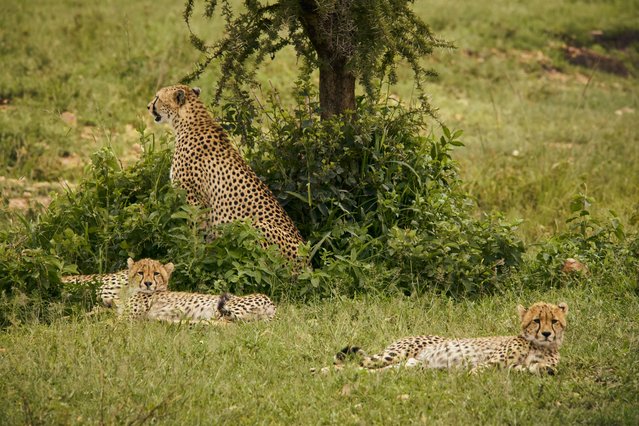
A group of cheetahs are seen in Serengeti National Park, one of the largest wildlife sanctuaries in the world, during the World Wildlife Day, celebrated to draw attention to wild plant and animal species on planet and raise awareness of wildlife conservation efforts, in Serengeti, Tanzania on January 8, 2024. Hosting Africa's 'Big Five', which are lions, elephants, leopards, rhinos and buffaloes, Serengeti National Park have been adversely affected by human activities such as agriculture, industry and poaching. (Photo by Abdulrahman Abel/Anadolu via Getty Images)
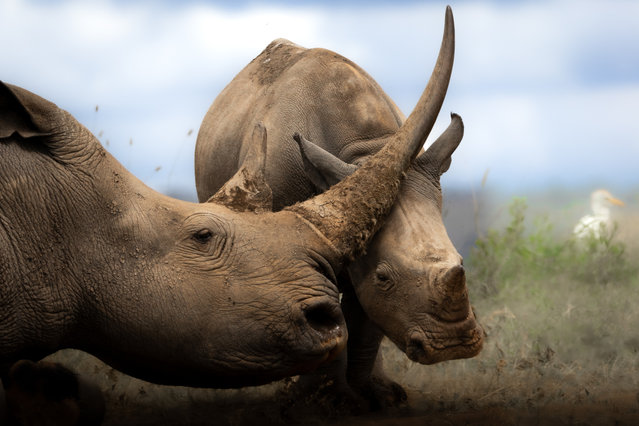
A white rhino mother and calf at Nairobi National Park, Kenya in May 2024. (Photo by Remi Vacher/Media Drum Images)
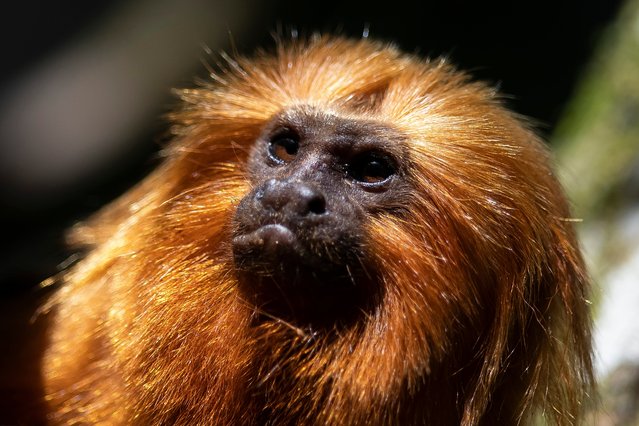
A golden lion tamarin sits in a tree in the Atlantic Forest region of Silva Jardim, Rio de Janeiro state, Brazil, Friday, July 8, 2022. The little primate, whose name derives from the shock of orange fur that frames its face like a mane, has watched its habitat shrink over decades – even centuries – of rampant deforestation. Animal traffickers have also targeted the brightly colored monkeys. (Photo by Bruna Prado/AP Photo)
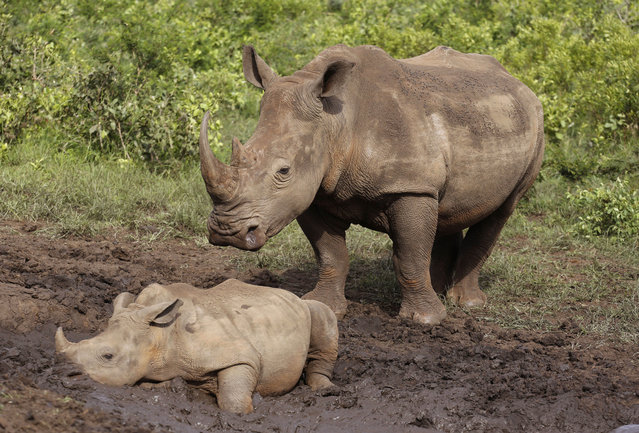
In this Sunday, December 20, 2015 file photo, rhinos walk in the Hluhluwe Game Reserve in South Africa. South Africa’s anti-COVID-19 lockdown is credited with helping to achieve a dramatic drop in rhino killings, but as the country opens up experts warn there is a risk of a resurgence of poaching of one of Earth’s most endangered mammals. Redoubled efforts are critical to prevent a resurgence of killings of the country’s rhinoceros, South African officials and wildlife activists say, as World Rhino Day is marked Tuesday, Sept. 22, 2020. (Photo by Schalk van Zuydam/AP Photo/File)
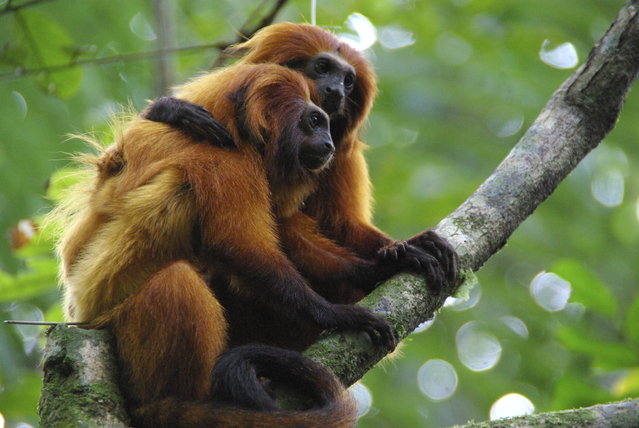
This undated photo provided by AMLD in June 2020 shows endangered golden lion tamarins which live in the wild only in Brazil's Atlantic rainforest. In the wake of the COVID-19 coronavirus pandemic, scientists monitoring the devastating impacts of yellow fever on golden lion tamarins are unable to work in closed forest reserves. (Photo by Andreia Martins/AMLD via AP Photo)

A rare view of an orangutan climbing a tree in Borneo, Indonesia. The image won fourth prize in the nature category of the Hamdan International Photography Award. (Photo by Thomas Vijayan/HIPA/South West News Service)
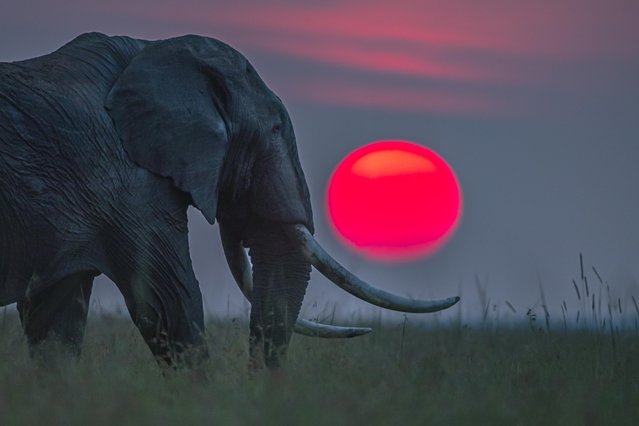
An elephant at sunset in Kenya in 2021. Thanks to anti-poaching efforts, the population rose from 16,000 in 1989 to 34,000 in 2018. There are fears a fall in tourism revenues during the pandemic could put progress at risk. (Photo by Paul Goldstein/Cover Images)
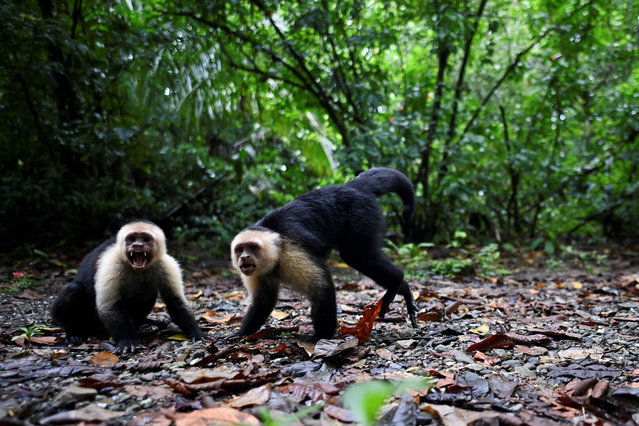
Two white-faced capuchin (Cebus capucinus) are pictured in Gorgona Island, where an infamous prison used to work, in the Pacific Ocean off the southwestern Colombian coast, on December 1, 2021. (Photo by Luis Robayo/AFP Photo)
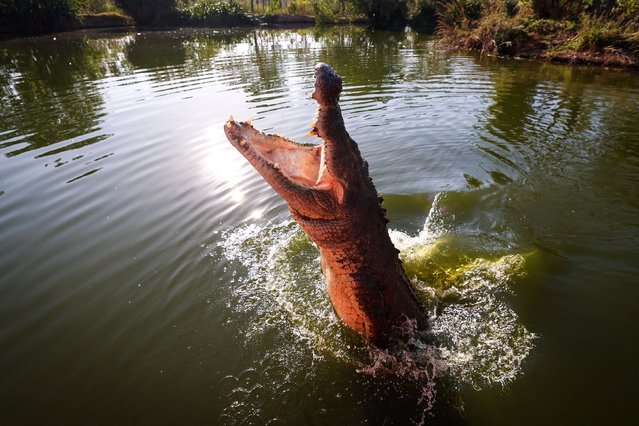
This picture taken on August 30, 2023 shows a crocodile leaping out of the water towards a piece of meat on a stick in a lagoon at Crocodylus Park located on the outskirts of the Northern Territory town of Darwin. Before government protection in the 1970s, an estimated 98 per cent of the wild saltwater crocodile population had disappeared in the Northern Territory, driven by leather demand and culling. Now, according to government figures, over 100,000 “salties”, which can grow up to six metres long and weigh up to 1,000 kilograms (2,200 pounds), hunt along the coasts, rivers and wetlands of the continent's far north. (Photo by David Gray/AFP Photo)
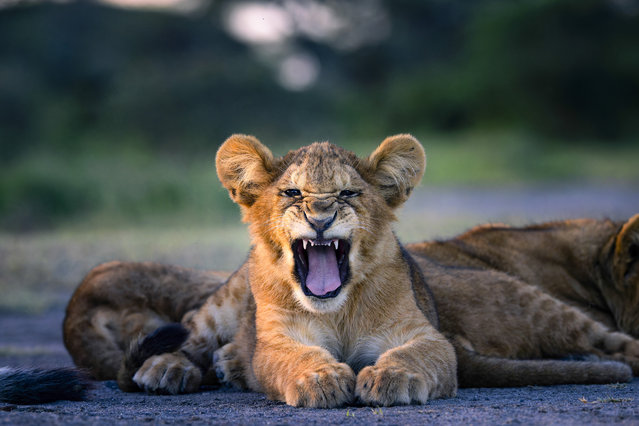
A lion cub practices his roar in the Serengeti National Park in Tanzania in March 2024. (Photo by Leighton/Caters News Agency)
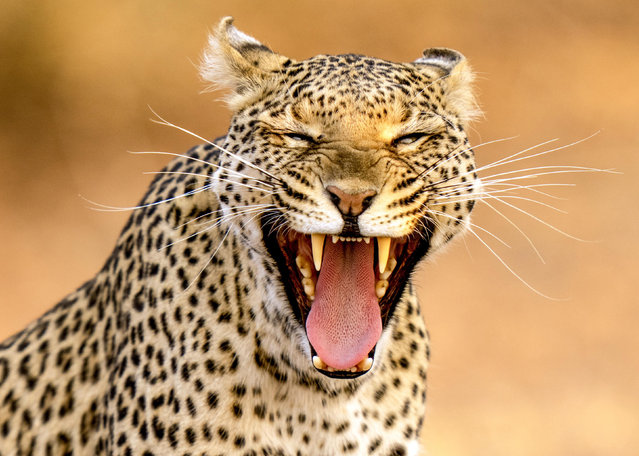
A yawning leopard appears to be laughing instead at Chobe National Park in Botswana in January 2023. (Photo by Nick Dale/Solent News & Photo Agency)
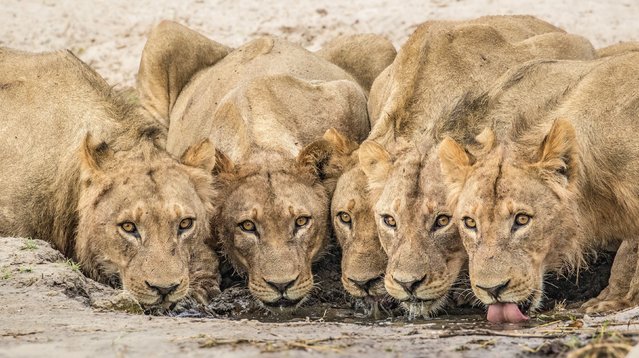
A pride of lionesses group together for safety while they drink on a bank of the Chobe river, in Chobe National Park, Botswana in March 2024. (Photo by Charl Stols/Solent News)
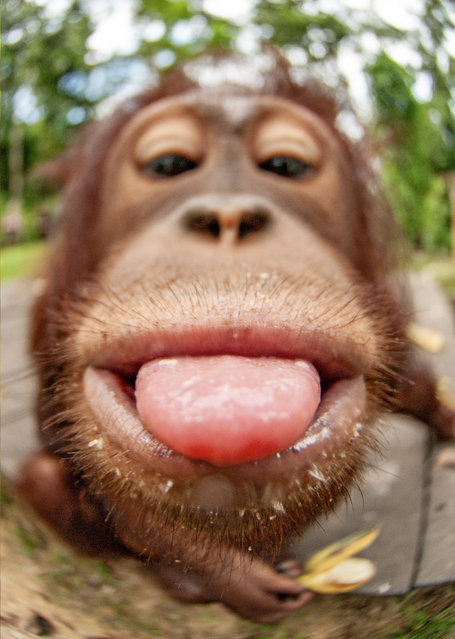
Orangutans pull funny faces after spotting their reflection in the camera in April 2024. A group, all between three and five years old, let Cede Prudente, a Borneo-based photographer, get close enough to take these pictures during feeding time. (Photo by Cede Prudente/Solent News & Photo Agency)
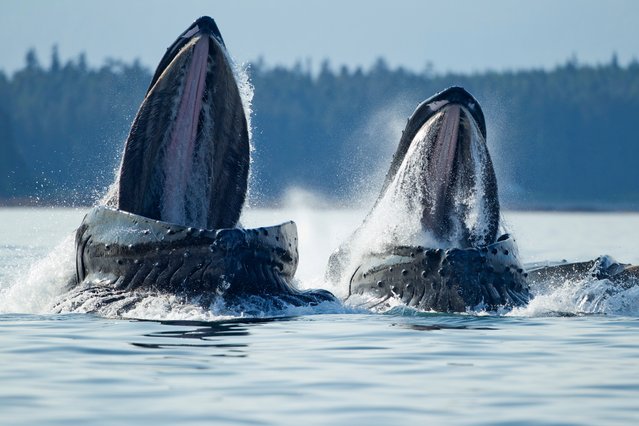
Close-up shots of the mouths of humpback whales (Megaptera novaeangliae) feeding in Tongass National Forest near the village of Angoon in Alaska on June 1, 2014. (Photo by Paul Souders/AFP Photo via Getty Images)
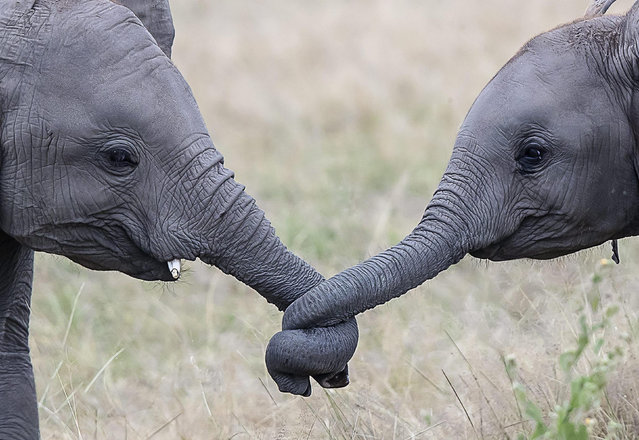
Elephant calves link trunks in the Masai Mara nature reserve in Kenya in February 2023. The wildlife photographer, Norman Watson, said: “The pair, although from the same herd, were from two different mothers, so this could be a true romance”. (Photo by Norman Watson/Solent News)
06 Sep 2024 04:09:00,
post received
0 comments
